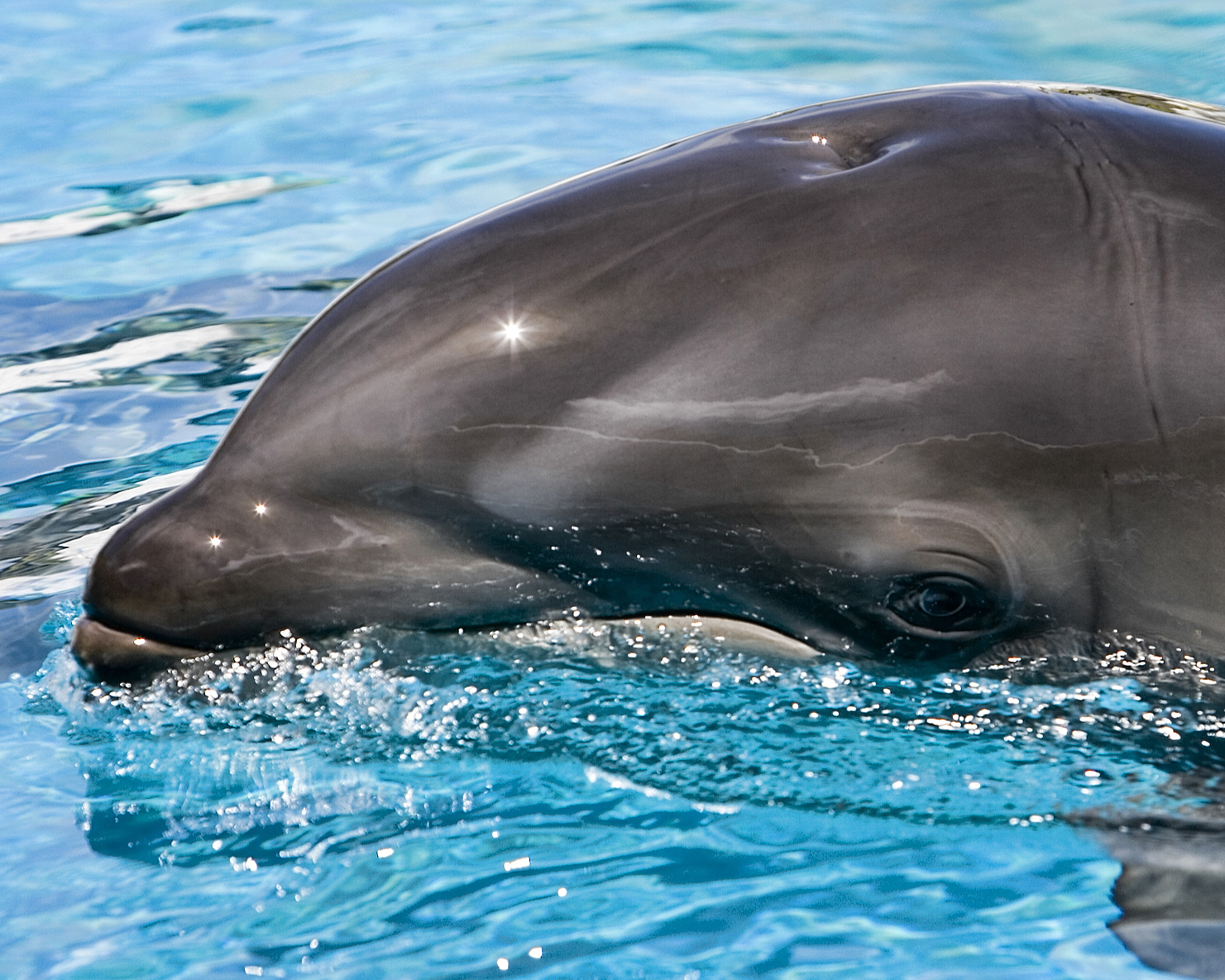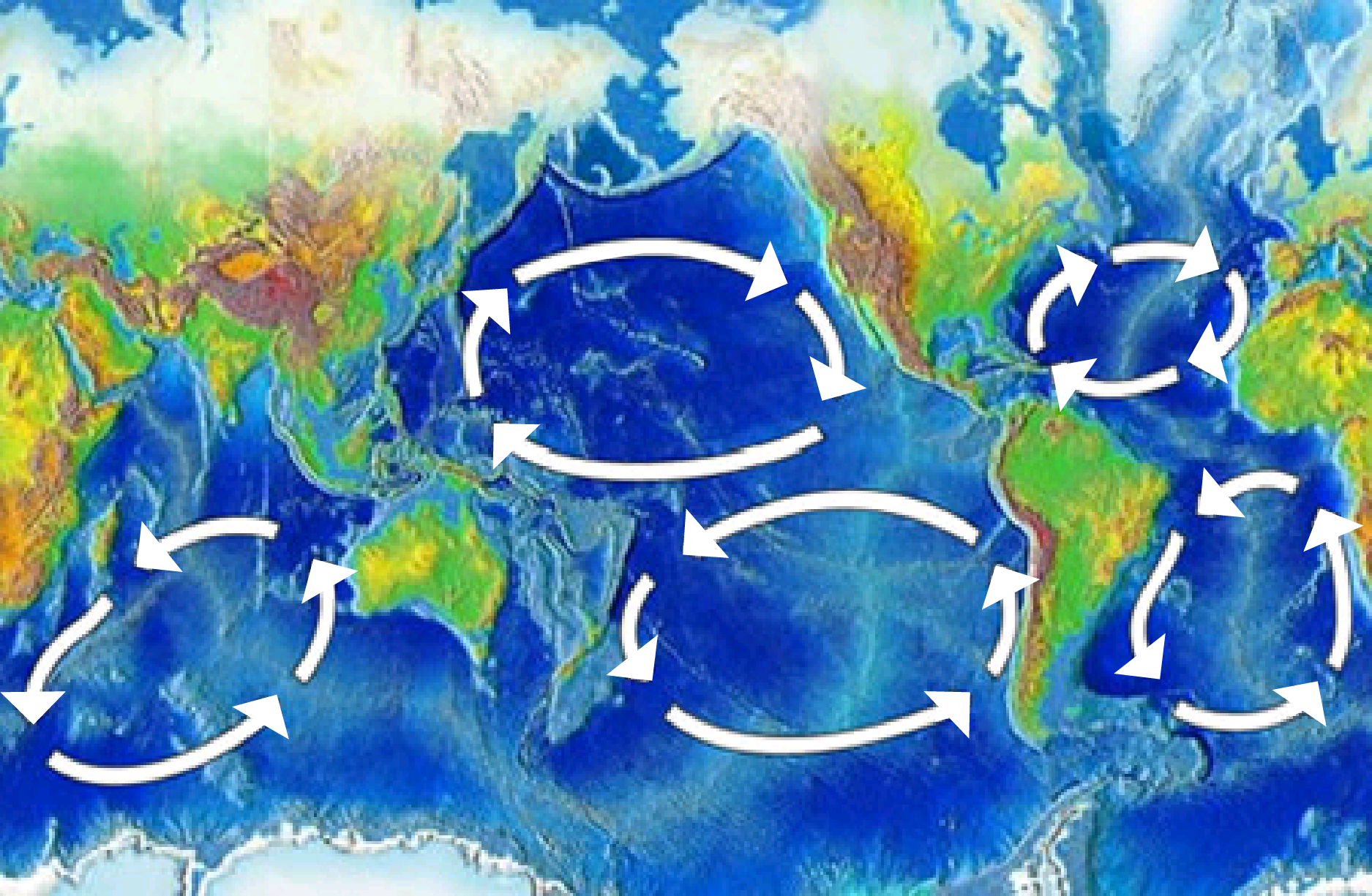Perfluoroalkyl phosphinic acids
Dolphins and carpet cleaners were considered as two impossible things to meet each other, there are no carpets in oceans and dolphins do not visit us on land. However recent studies have found presence of Perfluoroalkyl phosphinic acids in the blood of bottlenose dolphins, double-crested cormorants and northern pike. Perfluoroalkyl phosphinic acids is a surfactant used in a variety of products including carpet cleaners.
Read more on article appeared in CNN here

Microplastics
What we use on land finally ends up in ocean through streams, rivers, atmosphere and waste dumping. Among thousands of things we introduce deliberately or not into oceans which cause sever effects to marine animals is microplastics. GESAMP study defines microplastics as plastics particles in the size range 1 nm to <5 mm. Microplastics effect marine life in various ways including exposure through gills, ingestion uptake and transition into tissues and cells. Some of the personal care products which may contain microplastics are eyeliners, lip gloss, deodorant, shampoos, soap, toothpaste and sunblock sticks.
Floating jetsam and other dumped waste in ocean travel thousands of miles and many end up in great gyres.

North Sea foundation and Plastic Soup Foundation have jointly developed a smart phone app which can scan the barcode and let the consumer know whether the product contains microplastics.
IMDG Code defines marine pollutant as those identified in the Code or those which meet the criteria of Appendix to Annex III of International Convention for the Prevention of Pollution from Ships, 1973, as modified by the Protocol of 1978 relating thereto (MARPOL 73/78). Containers and packages carrying marine pollutants while loading on board ships where stowage is permitted on deck or under deck, under deck stowage is preferred. Where stowage on deck only is required, preference must be given to stowage on well-protected decks or to stowage inboard in sheltered areas of exposed decks.
Click here to read about IMDG Code provisions for transporting marine pollutants.


 WhatsApp your queries
WhatsApp your queries